It looks like you're using an Ad Blocker.
Please white-list or disable AboveTopSecret.com in your ad-blocking tool.
Thank you.
Some features of ATS will be disabled while you continue to use an ad-blocker.
share:
a reply to: turbonium1
Now that your done changing the subject
originally posted by: neutronflux
a reply to: turbonium1
You
Does it?
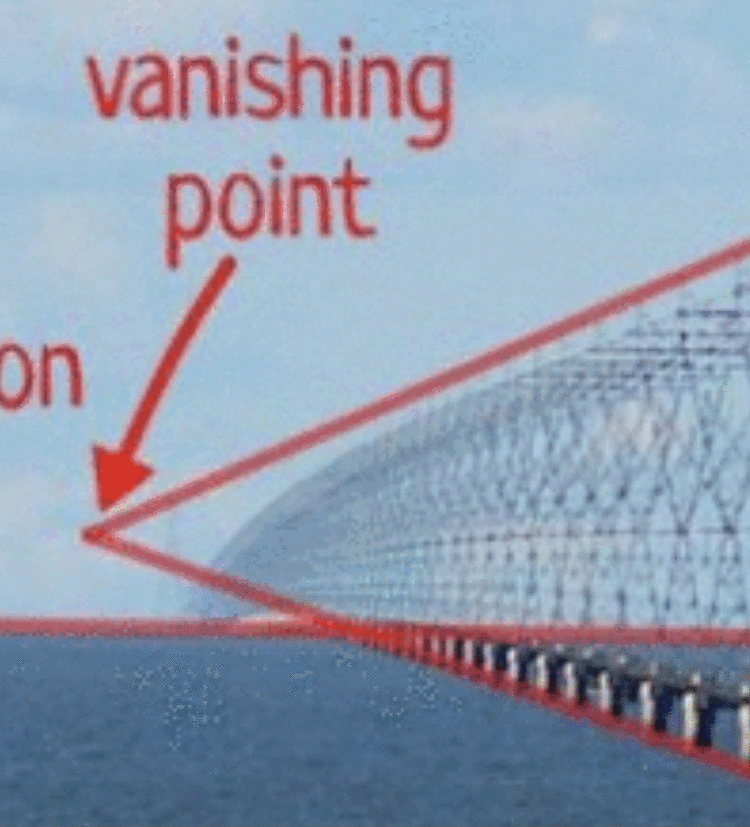
And if it does. It’s just proof of a spherical earth.
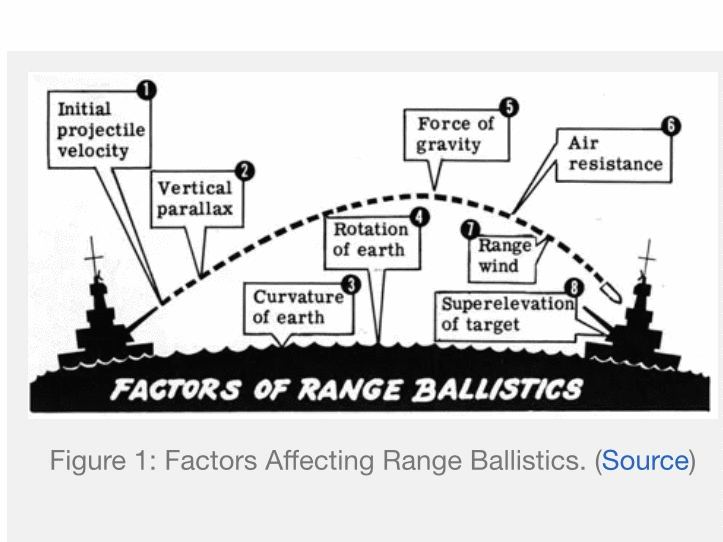
Remember why the curvature of the earth would be between two battleships at distance on the seas.

Because the curvature of the earth would be between them.
And the surveyor’s definition of level surface.
Now that your done changing the subject
originally posted by: neutronflux
a reply to: turbonium1
You
THe image also clearly shows the lake and the poles rising upward,
Does it?

And if it does. It’s just proof of a spherical earth.

Remember why the curvature of the earth would be between two battleships at distance on the seas.

Because the curvature of the earth would be between them.
And the surveyor’s definition of level surface.
Level surface is the continuous surface parallel to the mean spheroid of the earth.
theconstructor.org...
a reply to: turbonium1
And you still look ignorant.
Anyway..
Then what is the flat earth explain for each listed observed phenomena.
And your flat earth delusion still has no explanation for tides, why the waters of the oceans seek high tide, tidal bores, why a spring scale works in accordance with Hooke’s law, why it’s harder to pedal a bike up hill, why my car increases throttle/uses more fuel/why fuel mileage goes to crap when going up hill.
However, it is explained by gravity. And produces reproducible results that can be used in formulas to create dependable results and equipment such as an elevator and why the motor has to work harder than what is accounted for by the force of friction when lifting vs lowering.
And you still look ignorant.
Anyway..
Then what is the flat earth explain for each listed observed phenomena.
And your flat earth delusion still has no explanation for tides, why the waters of the oceans seek high tide, tidal bores, why a spring scale works in accordance with Hooke’s law, why it’s harder to pedal a bike up hill, why my car increases throttle/uses more fuel/why fuel mileage goes to crap when going up hill.
However, it is explained by gravity. And produces reproducible results that can be used in formulas to create dependable results and equipment such as an elevator and why the motor has to work harder than what is accounted for by the force of friction when lifting vs lowering.
a reply to: neutronflux
How does that barrage of misinformation prove the chi photos are absolute proof. Thread is dead

How does that barrage of misinformation prove the chi photos are absolute proof. Thread is dead

edit on 2/26/2022 by CrazyFox because: 





a reply to: neutronflux


Back to the disc pic huh
BOy iT never stops.
Endless repeat trying to prop a lie.


Dead thread dead thread started with deception pointed out all you do is distract from TRUTH


Back to the disc pic huh
BOy iT never stops.
Endless repeat trying to prop a lie.


Dead thread dead thread started with deception pointed out all you do is distract from TRUTH
edit on 2/26/2022 by CrazyFox because: 







a reply to: OneBigMonkeyToo
Explain how compressed photos are absolute proof
Can't your premise is weak and flog they are not even quality pics cvd
You can't explain scalar physics
Pot meet kettle




Dead thread started with deceptive (and bad) photos.
Don't prove swat except an enormous ego over delusional self worth ops sound familiar
Globers cultists are all alike dumb as the imaginary rock they think they're on

Explain how compressed photos are absolute proof
Can't your premise is weak and flog they are not even quality pics cvd
You can't explain scalar physics
Pot meet kettle




Dead thread started with deceptive (and bad) photos.
Don't prove swat except an enormous ego over delusional self worth ops sound familiar
Globers cultists are all alike dumb as the imaginary rock they think they're on

edit on 2/26/2022 by CrazyFox because: 








Dead thread
Dead Thread

]


edit on 2/26/2022 by CrazyFox because:  Refusing to refute my
data because it destroys your cult think
Refusing to refute my
data because it destroys your cult think

a reply to: AngryCymraeg







 .
. 









edit on 2/26/2022 by CrazyFox because:
 and destroys any semblance of credibility you once possessed
and destroys any semblance of credibility you once possessed 


a reply to: CrazyFox
You have nothing but other peopke's bull***t to prop up your ego.
Do you have ready made spam mine for this crap or did you do the world a favour and stay inside a lot collecting them?
Do you look at any of them and question whether they have any veracity, or are you just a knee-jerk contrarian troll with nothing to offer but other people's lies?
Lies like the rover image where the Earth is pasted in, where you obviously don't know that all Earthrise images were taken from lunar orbit.
Lies like the image that doesn't understand how uneven surfaces affect shadows.
Lies like the one that doesn't understand the role of distance from an object in determining how it looks.
Liee like one that doesn't understand what the thermosphere is, or the one that doesn't understand how sextants work, and so on and so on.
And still, in all this pointless, misleading meme spam you haven't managed to answer my simple questions about a 53 year old photo.
You have nothing but other peopke's bull***t to prop up your ego.
Do you have ready made spam mine for this crap or did you do the world a favour and stay inside a lot collecting them?
Do you look at any of them and question whether they have any veracity, or are you just a knee-jerk contrarian troll with nothing to offer but other people's lies?
Lies like the rover image where the Earth is pasted in, where you obviously don't know that all Earthrise images were taken from lunar orbit.
Lies like the image that doesn't understand how uneven surfaces affect shadows.
Lies like the one that doesn't understand the role of distance from an object in determining how it looks.
Liee like one that doesn't understand what the thermosphere is, or the one that doesn't understand how sextants work, and so on and so on.
And still, in all this pointless, misleading meme spam you haven't managed to answer my simple questions about a 53 year old photo.
a reply to: CrazyFox
originally posted by: neutronflux
a reply to: CrazyFox
Any proof satellite phones do not provide ocean coverage as listed?
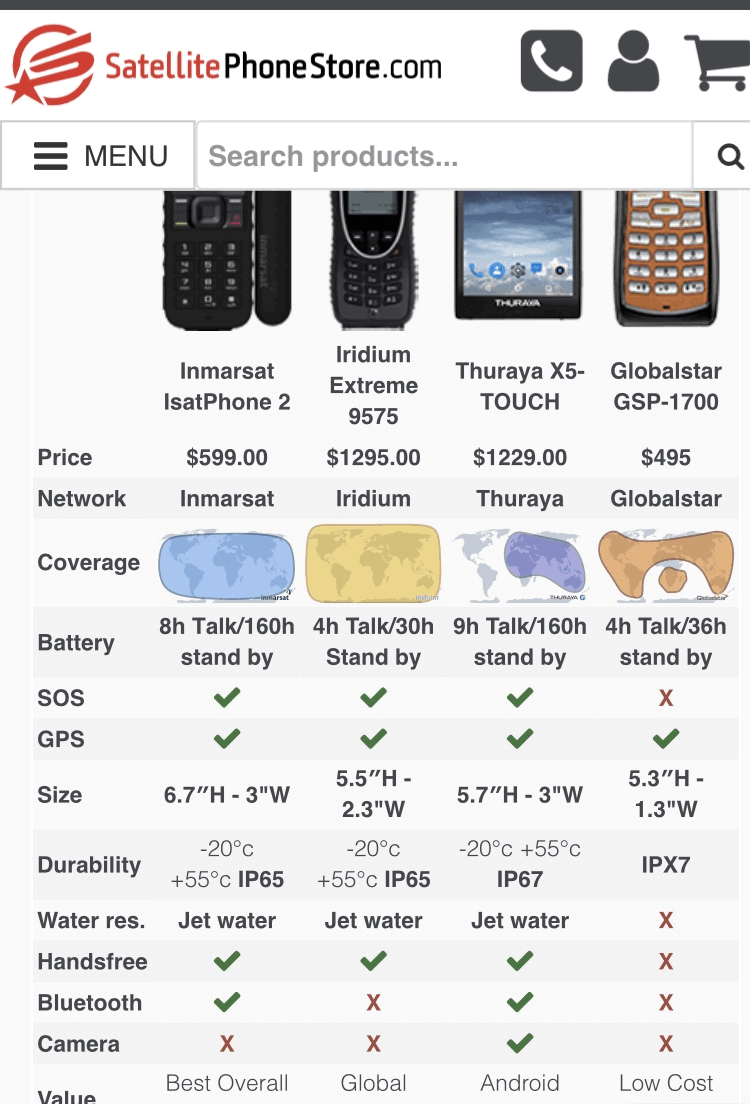
satellitephonestore.com... 1533827&gclid=EAIaIQobChMIrMO9g5ec9gIVpiCtBh21dwDgEAAYASAAEgL-5vD_BwE
——-
One simple post shows you have nothing but lies and propaganda
originally posted by: neutronflux
a reply to: CrazyFox
Any proof satellite phones do not provide ocean coverage as listed?

satellitephonestore.com... 1533827&gclid=EAIaIQobChMIrMO9g5ec9gIVpiCtBh21dwDgEAAYASAAEgL-5vD_BwE
——-
One simple post shows you have nothing but lies and propaganda
edit on 27-2-2022 by neutronflux because: Added and fixed
a reply to: CrazyFox
See if I got the right one..

Anyway. You have no idea what your talking about. You are just repeating lies and propaganda.
Now
Please explain how the guidance system works. And for which variant.
See if I got the right one..

Anyway. You have no idea what your talking about. You are just repeating lies and propaganda.
Now
Please explain how the guidance system works. And for which variant.
The RIM-162 Evolved SeaSparrow Missile (ESSM)
en.m.wikipedia.org...
The original Sea Sparrow was an expedient design intended to provide short-range defensive fire in a system that could be deployed as rapidly as possible. The AIM-7 Sparrow was the simplest solution as its radar guidance allowed it to be fired head-on at targets and this guidance was easily provided by mounting an aircraft radar on a trainable platform. In the years after its introduction, it was upgraded to follow improvements being made in the air-to-air Sparrow models used by the US Navy and US Air Force. The ultimate version in this line of weapons was the R model, which introduced a new dual-seeker homing system and many other upgrades. After that point, the AIM-120 AMRAAM offered higher performance from a missile that was smaller and lighter, and development of the Sparrow ended in the 1990s.
This left only the Sea Sparrow using the basic platform, and it no longer had to fit on aircraft. So instead of simply using the P and R models as they were, it was decided to dramatically upgrade the weapon as the Evolved Sea Sparrow. The ESSM emerged as a completely new weapon, common only in name with the original, although using all of the same support equipment allowing it to be fit to ships already mounting the older models. Compared to the Sea Sparrow, ESSM has a larger, more powerful rocket motor for increased range and agility, as well as upgraded aerodynamics using strakes and skid-to-turn. In addition, ESSM takes advantage of the latest missile guidance technology, with different versions for Aegis/AN/SPY-1, Sewaco/Active Phased Array Radar (APAR), and traditional target illumination all-the-way.
In the 2000s the NATO Seasparrow Project Office began planning an upgraded Block 2 version of the ESSM. In 2014 Canada pledged 200M CAD to underwrite their share of the Block 2's development cost.[8] ESSM Block 2 leverages the existing Block 1 rocket motor and features a dual-mode X band seeker, increased maneuverability, and other enhancements. Block 2 features enhanced communications systems that allow for mid-course guidance correction, which makes the missiles easy to network into the Navy's emerging Cooperative Engagement Capability.[9] Unlike Block 1, Block 2's active radar homing seeker will support terminal engagement without the launch ship's target illumination radars. The upgraded blast-fragmentation warhead was designed, developed and is being produced by Roketsan. The improved ESSM Block II will be fielded by the US Navy from 2020.[10][11]
edit on 27-2-2022 by neutronflux because: Added and fixed
a reply to: CrazyFox
I’ll help you out…
“ Block 2's active radar homing seeker will support terminal engagement without the launch ship's target illumination radars. ”
But this is a thing
I’ll help you out…
“ Block 2's active radar homing seeker will support terminal engagement without the launch ship's target illumination radars. ”
But this is a thing
Over-the-horizon radar
en.m.wikipedia.org...
The frequency of radio waves used by most radars, in the form of microwaves, travel in straight lines. This generally limits the detection range of radar systems to objects on their horizon (generally referred to as "line of sight" since the aircraft must be at least theoretically visible to a person at the location and elevation of the radar transmitter) due to the curvature of the Earth. For example, a radar mounted on top of a 10 m (33 ft) mast has a range to the horizon of about 13 kilometres (8.1 mi), taking into account atmospheric refraction effects. If the target is above the surface, this range will be increased accordingly, so a target 10 m (33 ft) high can be detected by the same radar at 26 km (16 mi). Siting the antenna on a high mountain can increase the range somewhat; but, in general, it is impractical to build radar systems with line-of-sight ranges beyond a few hundred kilometres.[1]
OTH radars use various techniques to see beyond that limit. Two techniques are most commonly used; shortwave systems that refract their signals off the ionosphere for very long-range detection,[1] and surface wave systems, which use low frequency radio waves[2] that, due to diffraction, follow the curvature of the Earth to reach beyond the horizon. These systems achieve detection ranges of the order of a hundred kilometres from small, conventional radar installations. They can scan a series of high frequencies using a chirp transmitter.
a reply to: CrazyFox
See. Turbo is at least smarter than you. The individual knows to stay away from topics they know nothing about and are demonstrable proof the earth is spherical. Like….
With demonstrable proof the earth is spherical
See. Turbo is at least smarter than you. The individual knows to stay away from topics they know nothing about and are demonstrable proof the earth is spherical. Like….
With demonstrable proof the earth is spherical
TONGA VOLCANO ERUPTION SHOCK WAVES DETECTED IN CHICAGO
abc7chicago.com...
"The eruption was so powerful that the waves actually propagated all the way around the globe and then back again," meteorologist Gino Izzi said.
I have. Like everything else I post debunking this garbage thread it's IGNORED
Cultists cannot debate
You have proven this 9ver and overall
Dead thread anyone who thinks cgi photos photos are proof of anything is lacking comprehension skills

a reply to: OneBigMonkeyToo


Ignorance is bliss for you
Enjoy your pretend bliss:
:
Cultists cannot debate
You have proven this 9ver and overall
Dead thread anyone who thinks cgi photos photos are proof of anything is lacking comprehension skills

a reply to: OneBigMonkeyToo


Ignorance is bliss for you
Enjoy your pretend bliss:
:
a reply to: OneBigMonkeyToo
Ah anything that doesn't resonate with YOUR programming is a lie.
how HITLERSTALINist of you.
Thread started in deception gets a in kind response
Take your pic
Me I chose to question everything and what I see in this thread is a cult that pathetically tried to control a narrative getting mad when their reality is questioned and data provided shows it was a fallacy
Not once has this thread shown how cgi pictures are absolute proof
Answer that or deny its technically altered by CPU proving how "smart" you think you are

Ah anything that doesn't resonate with YOUR programming is a lie.
how HITLERSTALINist of you.
Thread started in deception gets a in kind response
Take your pic
Me I chose to question everything and what I see in this thread is a cult that pathetically tried to control a narrative getting mad when their reality is questioned and data provided shows it was a fallacy
Not once has this thread shown how cgi pictures are absolute proof
Answer that or deny its technically altered by CPU proving how "smart" you think you are

a reply to: CrazyFox



Except one small problem.
One. The sun doesn’t get smaller in diameter as it sets. It gets physically blocked from view.
Two. “Sunsets” should look like this in the flat earth delusion because the sun stays a constant distance above the earth.
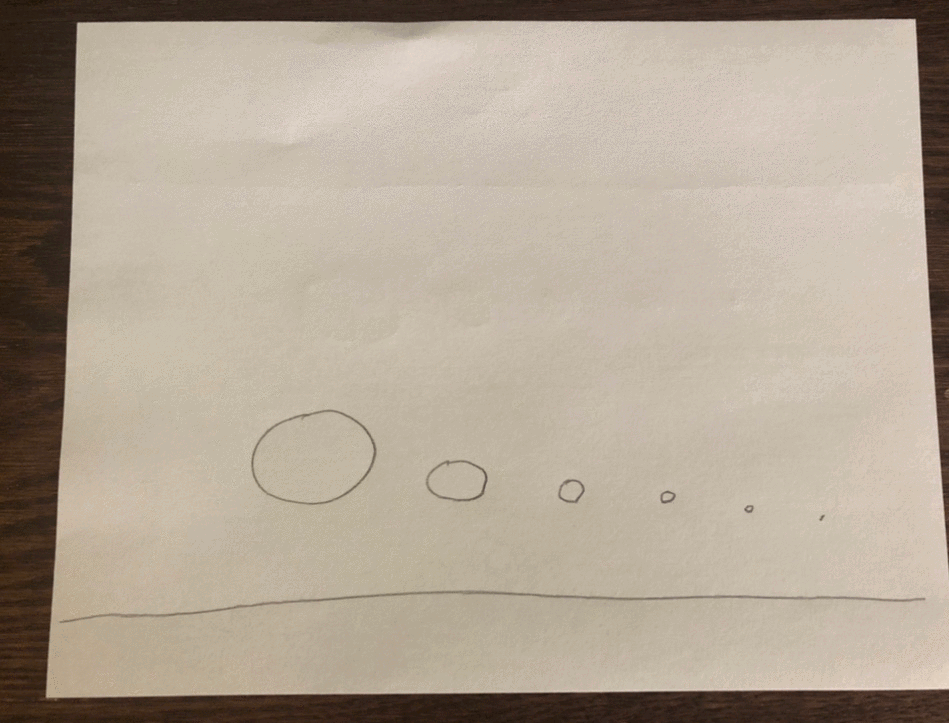
Three. The right angle math works for the size of the earth the sun’s viewing angle would always be above the horizon.
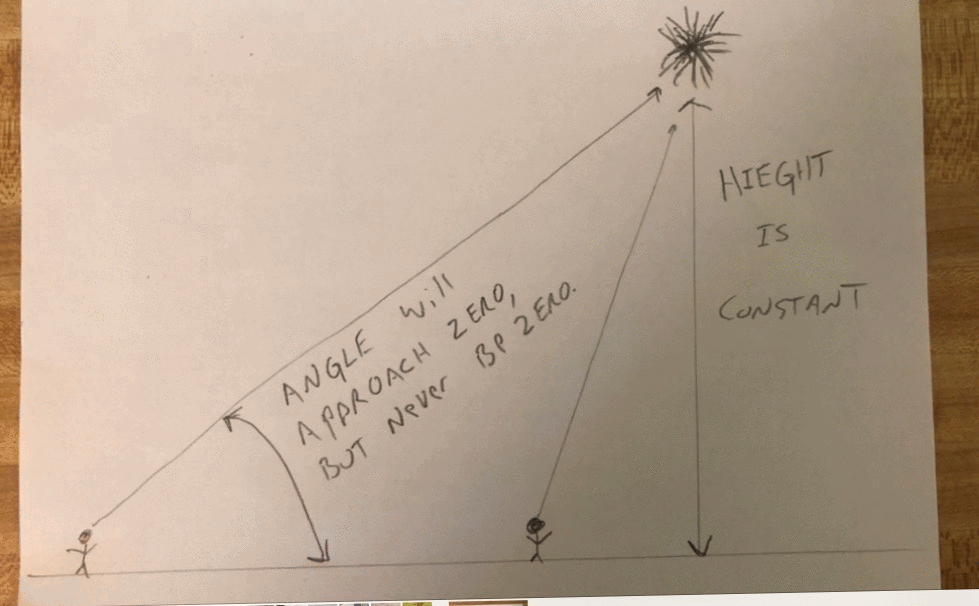
Four. The coin is not a single point light source like the sun. Night fall is literally the curvature of the earth physically blocking the light of the sun from view to creat the shadow we call night. Sunsets are impossible for the flat earth delusion.
Five. The viewing angle for the sun is always from above the earth when viewed from the edge of the beach for example. Your meme has the prospective from below it’s imagine horizon if I’m no mistaken.
Six.

Since the viewing angle is above the beach / “plane”, zooming in on the sun would reveal the “hidden” part if the earth was flat.

Other-words. Sunsets on a flat earth and nightfall are impossible.



Except one small problem.
One. The sun doesn’t get smaller in diameter as it sets. It gets physically blocked from view.
Two. “Sunsets” should look like this in the flat earth delusion because the sun stays a constant distance above the earth.

Three. The right angle math works for the size of the earth the sun’s viewing angle would always be above the horizon.

Four. The coin is not a single point light source like the sun. Night fall is literally the curvature of the earth physically blocking the light of the sun from view to creat the shadow we call night. Sunsets are impossible for the flat earth delusion.
Five. The viewing angle for the sun is always from above the earth when viewed from the edge of the beach for example. Your meme has the prospective from below it’s imagine horizon if I’m no mistaken.
Six.

Since the viewing angle is above the beach / “plane”, zooming in on the sun would reveal the “hidden” part if the earth was flat.

Other-words. Sunsets on a flat earth and nightfall are impossible.
edit on 27-2-2022 by neutronflux because: Added and fixed
a reply to: CrazyFox
What is the point of this meme?

The more you look a it, the less sense it makes?
Anyway.
Again. The sun in the flat earth delusion is what? Always 3000 to 10,000 miles above the earth. The sun is never at a distance right on the ground like the coin on the table. And the viewing angle from the beach overlooking the ocean is never from “below” the horizon, or in your meme the tables edge. It always above the plane.
Soooo.
I took this
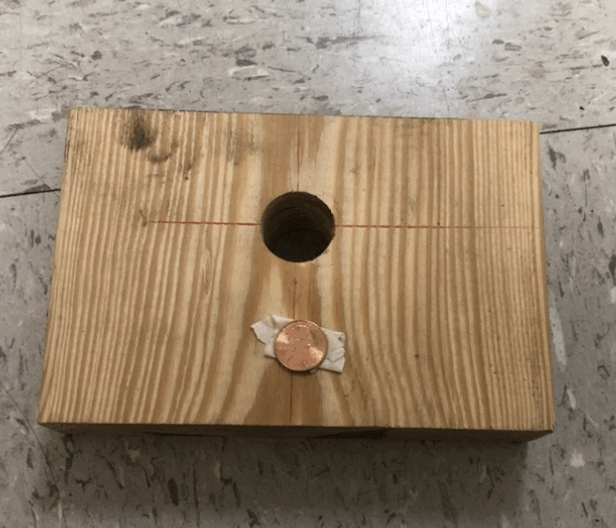
Which will keep the penny and hole always a fixed distance off the floor I used as a plane and horizon.
Then I used my IPhone 8 by placing it on edge of the same plane the jig sat on with the camera as close to the floor / plane as possible. The camera was only about 1/4 inch off the floor / plane the jig sat on. A closer representation of the flat earth model than your memes
Now. If my feeble eyes can tell the difference.
At about five feet away

At about 10 feet away

At about 38 feet away

At about 38 feet away zoomed
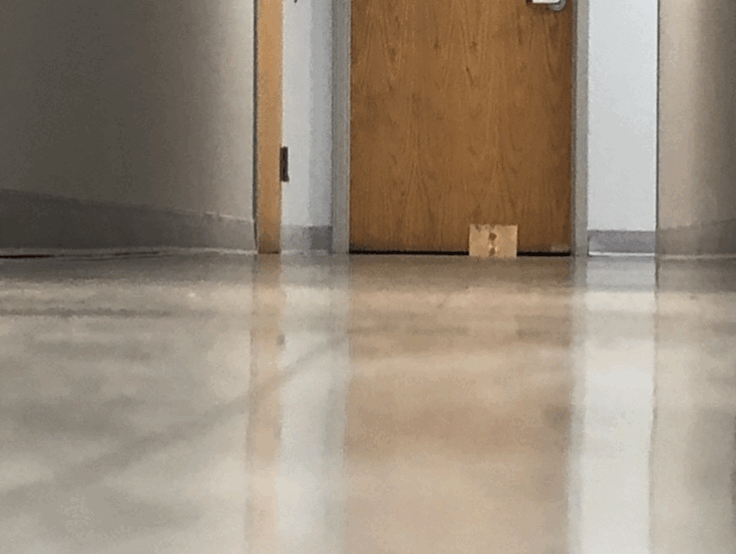
Notice something. The Penny and the hole are not ever blocked by the floor / plane / horizon. It’s impossible for the right angle math.

Again.

The coin is not a single point light source like the sun. Night fall is literally the curvature of the earth physically blocking the light of the sun from view to creat the shadow we call night. Sunsets are impossible for the flat earth delusion. As shown in my experiment using a jig to keep a penny and a hole a fixed distance off the floor / plane / horizon.
It shows the sun is physically blocked from view at sunset because the suns relative position goes below the earth’s curvature from the position it is being viewed.
Thank you for the idea of the experiment that’s shows your full of crap.

Oh… On the zoomed picture I noticed the crack under the door is clearly visible to the floor…..
What is the point of this meme?

The more you look a it, the less sense it makes?
Anyway.
Again. The sun in the flat earth delusion is what? Always 3000 to 10,000 miles above the earth. The sun is never at a distance right on the ground like the coin on the table. And the viewing angle from the beach overlooking the ocean is never from “below” the horizon, or in your meme the tables edge. It always above the plane.
Soooo.
I took this

Which will keep the penny and hole always a fixed distance off the floor I used as a plane and horizon.
Then I used my IPhone 8 by placing it on edge of the same plane the jig sat on with the camera as close to the floor / plane as possible. The camera was only about 1/4 inch off the floor / plane the jig sat on. A closer representation of the flat earth model than your memes
Now. If my feeble eyes can tell the difference.
At about five feet away

At about 10 feet away

At about 38 feet away

At about 38 feet away zoomed

Notice something. The Penny and the hole are not ever blocked by the floor / plane / horizon. It’s impossible for the right angle math.

Again.

The coin is not a single point light source like the sun. Night fall is literally the curvature of the earth physically blocking the light of the sun from view to creat the shadow we call night. Sunsets are impossible for the flat earth delusion. As shown in my experiment using a jig to keep a penny and a hole a fixed distance off the floor / plane / horizon.
It shows the sun is physically blocked from view at sunset because the suns relative position goes below the earth’s curvature from the position it is being viewed.
Thank you for the idea of the experiment that’s shows your full of crap.

Oh… On the zoomed picture I noticed the crack under the door is clearly visible to the floor…..
edit on 28-2-2022 by neutronflux because: Added and fixed
edit on 28-2-2022 by neutronflux because: Fixed more
new topics
-
Watch as a 12 million years old Crab Emerges from a Rock
Ancient & Lost Civilizations: 3 hours ago -
ILLUMINATION: Dimensions / Degrees – Da Vincis Last Supper And The Philosophers Stone
Secret Societies: 9 hours ago -
Just Sick of It! Done! Can't take it anymore!
General Chit Chat: 10 hours ago
top topics
-
Speaking of Pandemics
General Conspiracies: 12 hours ago, 9 flags -
Watch as a 12 million years old Crab Emerges from a Rock
Ancient & Lost Civilizations: 3 hours ago, 9 flags -
ILLUMINATION: Dimensions / Degrees – Da Vincis Last Supper And The Philosophers Stone
Secret Societies: 9 hours ago, 8 flags -
Just Sick of It! Done! Can't take it anymore!
General Chit Chat: 10 hours ago, 5 flags -
Stuck Farmer And His Queue Jumping Spawn
Rant: 12 hours ago, 4 flags
active topics
-
What Is 'Quad Demic'? Mask Mandate Returns In These US States
Diseases and Pandemics • 35 • : nugget1 -
Vehicle Strikes people in New Orleans
Mainstream News • 300 • : Oldcarpy2 -
Joe Biden gives the USA's Highest Civilian Honor Award to Hillary Clinton and George Soros.
US Political Madness • 39 • : Kaiju666 -
DONALD J. TRUMP - TIME's Most Extraordinary Person of the Year 2024.
Mainstream News • 61 • : Oldcarpy2 -
Candidate Harris Supporter MARK CUBAN Says Trump Has No Smart-Intelligent Women in His Orbit.
2024 Elections • 88 • : Oldcarpy2 -
Matthew Livelsberger said he was being followed by FBI
Political Conspiracies • 72 • : WeMustCare -
Winter Storm
Fragile Earth • 30 • : RickinVa -
Watch as a 12 million years old Crab Emerges from a Rock
Ancient & Lost Civilizations • 9 • : FullHeathen -
-@TH3WH17ERABB17- -Q- ---TIME TO SHOW THE WORLD--- -Part- --44--
Dissecting Disinformation • 3941 • : WeMustCare -
Orbs Appear And Form Triangle On Live Cam.
Aliens and UFOs • 28 • : DaydreamerX
